“Lesson planning, making photocopies, creating quizzes and exams to backward map, comparing lessons to state standards to check for consistency, planning with colleagues for consistency, preparing materials, attending student/parent meetings, attending IEP/504 meetings, attending department meetings, attend pathway meetings, attend counselor/administrator/staff meetings, teach content, tutor at least one hour a week, adjust lessons as needed, grade assignments, grade assessments, upload content to Canvas, create materials for Canvas as needed, complete at least 20 hours of adjunct duties a semester, complete any paperwork for the school/district as needed, complete mandated training each year, attend district training, respond to emails (within 48 working hours), meeting with course alike teams, meeting with teaching teams to discuss supporting students, writing letters of recs for juniors/seniors, etc. there are more,” stated Mrs. Sharp, a Millikan math teacher.
These are all the typical duties expected of our teachers at Millikan and they still don’t cover all the responsibilities required of them. If teachers continue to work under such stressful conditions, both teachers and students will be harmed by toxic environments.
A teacher’s day at Millikan occurs from the normal school hours of 8:30 a.m. to 3:45 p.m. However, a typical day far exceeds these hours.
English teacher Mrs. Mize shared that she typically arrives at school between 7-7:30 a.m., but during a grading period where she grades 180 essays, she will arrive at school around 6:30 a.m. as well as grade essays at home.
Along with grading and the typical teaching duties, “Teacher workload and requirements have silently increased over the years, but since COVID, it’s become more noticeable and unsustainable,” states Mrs. Mize.

When asked what has been contributing to more stress among teachers, Mrs. Sharp gave many examples, including less staff support, changing the A-G requirements to require four years of math, increasing teacher pathway involvement, requiring teachers to mentor two students, observing other classrooms, and read books to address inequity in grading.
“There is a lot of pressure to do so much,” stated Mrs. Sharp. “That pressure causes stress.”
Teachers are also expected to include social-emotional learning while addressing inequities in their lesson plans, upload notes and course information online, and accommodate the learning loss from distant learning.
Regarding social-emotional learning, Mrs. Mize states, “While we don’t deny the need, effective lesson design that is so complex requires time and knowledge and we simply do not have enough of either of those.” Teachers are given training opportunities to help them develop these new lesson plans, but the trainings “only touch on the tip of the iceberg,” and don’t equip teachers enough to meet the new standards.
Even stress is noticeable in my very own journalism class. Our teacher is busy addressing class issues, teaching lesson plans, and more. Despite constantly dedicating time to grading work, assignment grades have had to be inputted later. Seeing all that work pile up can be frustrating.
Teachers have their typical responsibilities to deal with, and adding additional pressure without the proper support may promote teacher burnout. In the Merriam-Webster Dictionary, burnout is defined as, “Exhaustion of physical or emotional strength or motivation usually as a result of prolonged stress or frustration.”
“We are expected to do the unattainable,” states Mrs. Mize. Teachers have to balance many different factors like encounters with different parenting styles or helping a student’s emotional safety, all while “working in an environment that is apathetic about us as humans.”
Teachers constantly work outside of the classroom, but it is illegal for employees to work beyond their contracted time without any compensation. “So instead, we are guilted by admin/parents/students to work additional hours because our employer cannot legally ask us to,” states Mrs. Sharp. “This is a major contributor to teacher burnout.”
To avoid burning out teachers, schools could form better teacher support systems and resources. If leaders of the school and district gain a better understanding of the daily responsibilities teachers have, there could be a better understanding of what is reasonable to ask of teachers and what can change to ask new things of them.
Teachers are given a chance to join the district’s discussion of what’s best for students and teachers, but their insight is not always taken into consideration. If teachers were given more voice, there could be a better understanding of how to improve the teaching environment.
Mrs. Sharp suggested, “When something is being asked of us to complete, something should be taken off our plate to compensate for the time it takes for the tasks.” This way teachers are given a better chance to address their responsibilities without having to worry about overloads.
Teachers should be given a bigger voice to understand what they need. By helping teachers, schools have a bigger chance of helping their students as well.




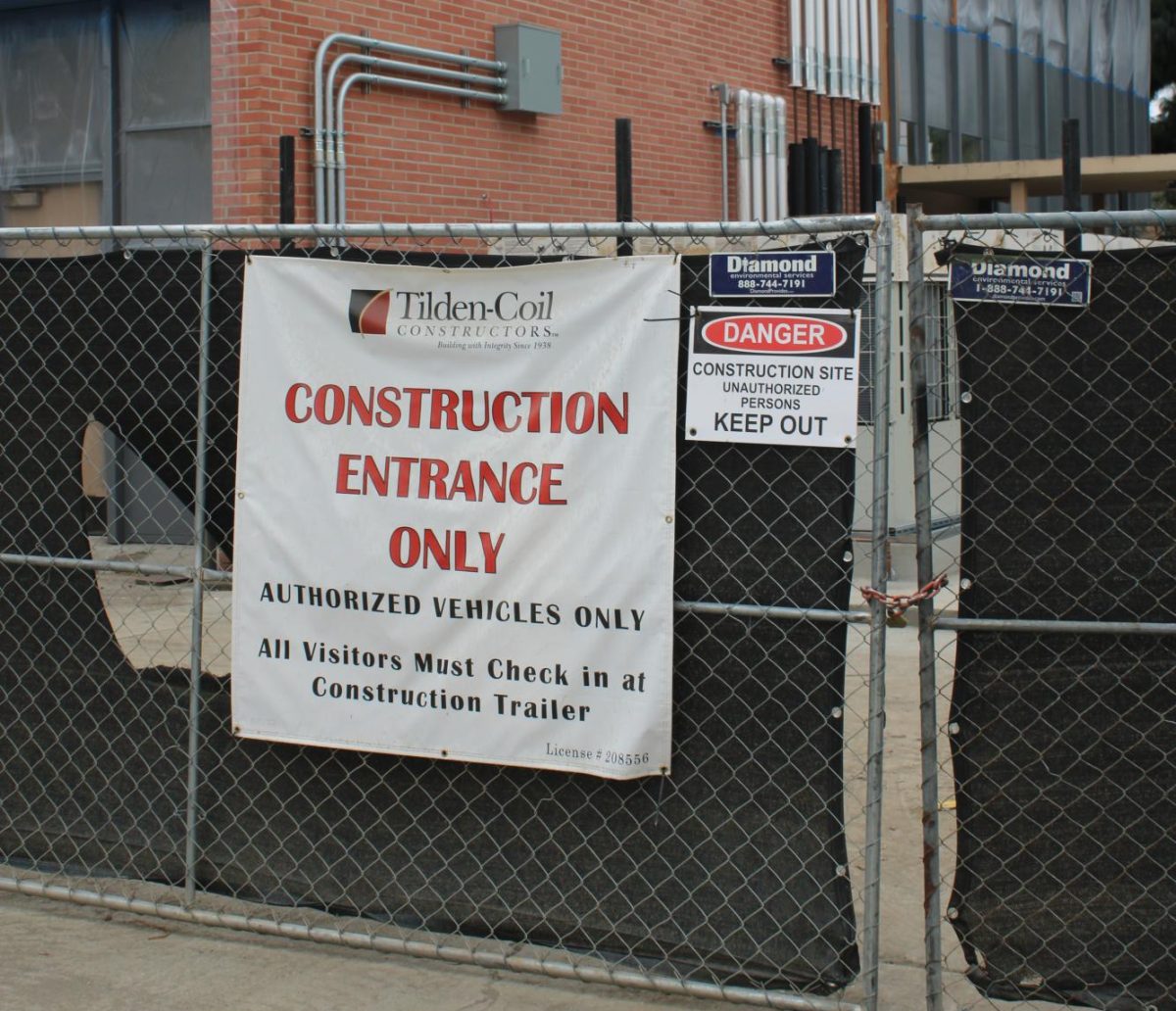


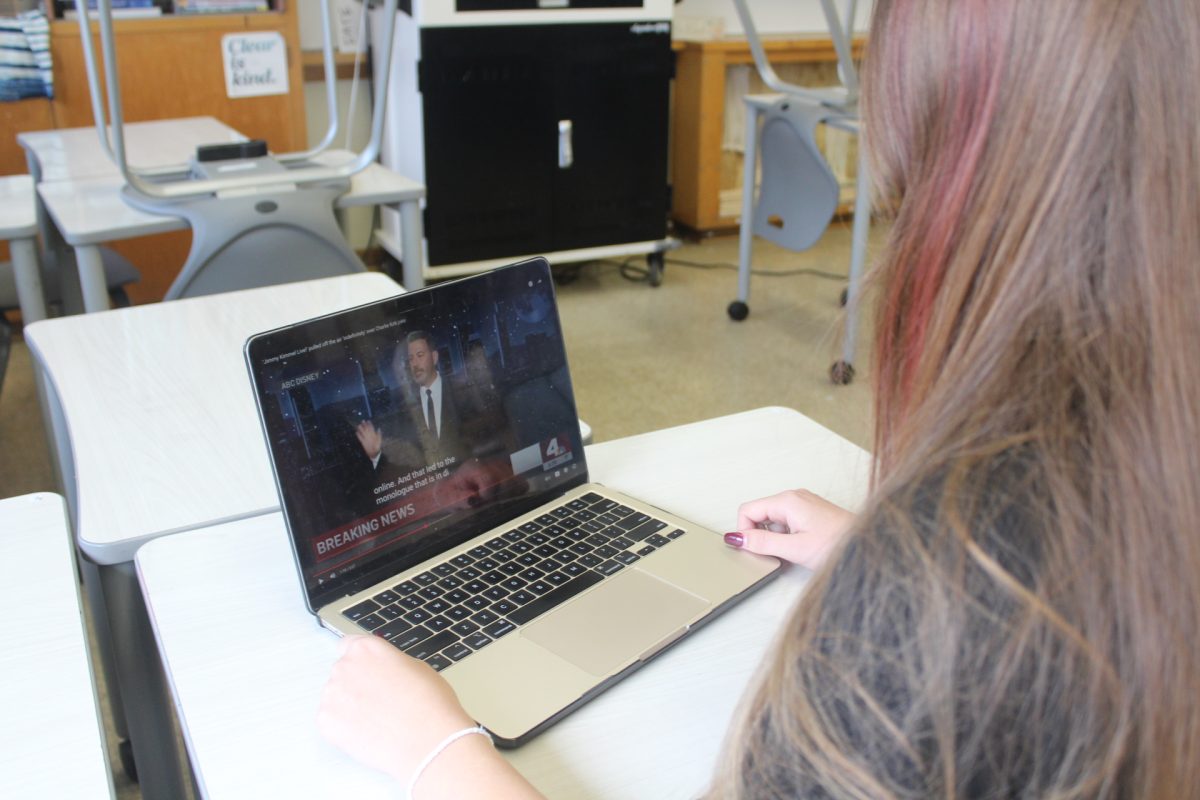












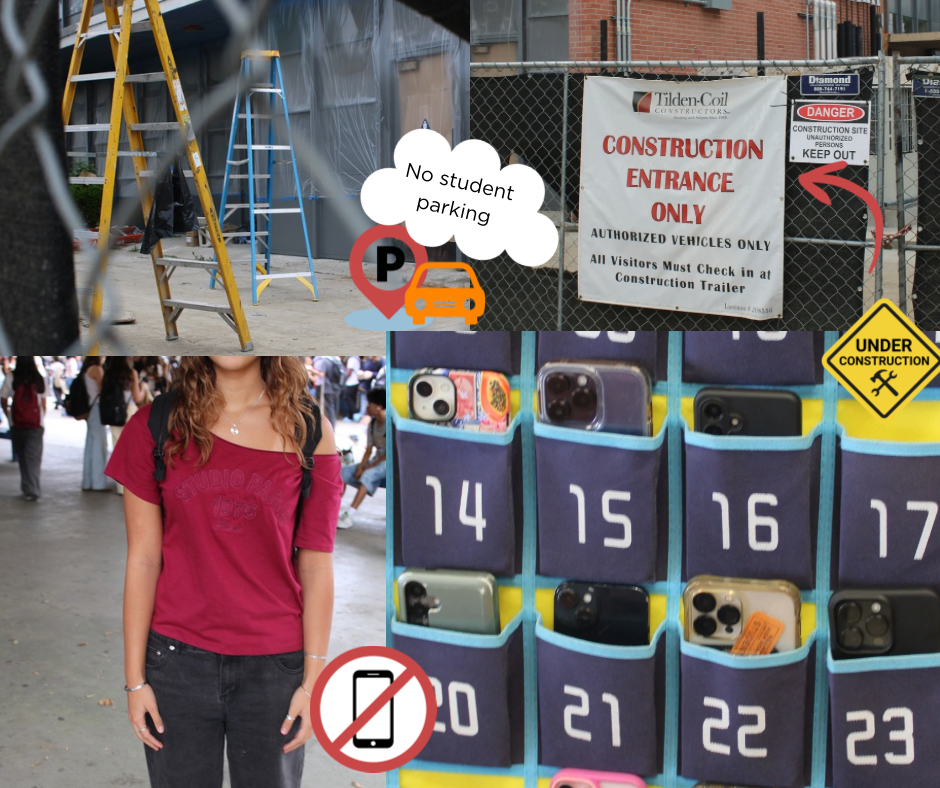




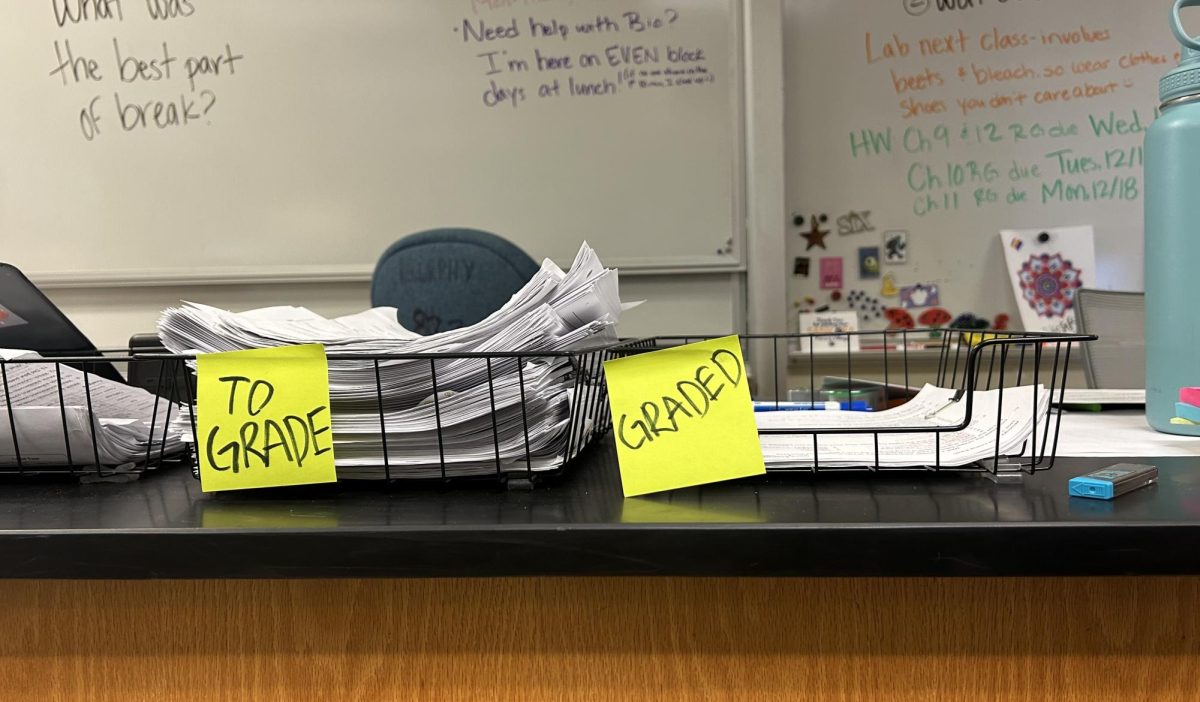

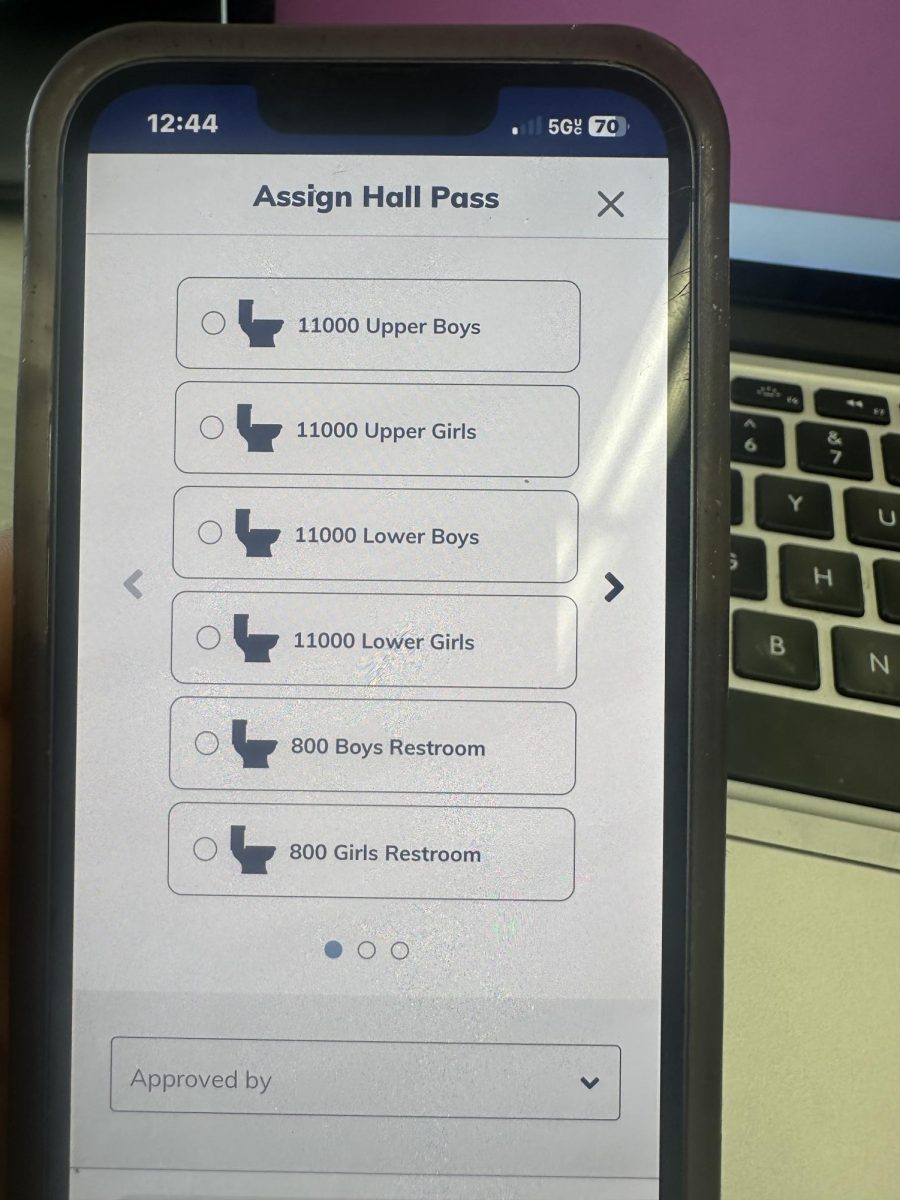







Kinsey Juco • Mar 3, 2024 at 9:37 pm
On January 29, 2024, Allyson Richter wrote an article titled “Teacher Burnout” where Richter goes into detail about the duties and responsibilities that teachers are expected to fulfill. On top of creating lesson plans and directly teaching students, behind the scenes, they are expected to help students in-person or online, grade paperwork and essays, attend meetings, and deal with parents concerned with their kids’ grades. I appreciate that Richter recognizes the stressfulness of being a teacher and gives credit to
teachers for doing work outside of the classroom in order to provide students with the opportunity to learn as much as they can. I also like how she was able to get Mrs. Sharp and Mrs. Mize to talk about the unrealistic duties expected of teachers and what it takes to keep up with
state standards. I also like how at the end, she does a call to action to help teachers get the support they need in order to do their job in a healthy manner. By helping teachers, it also benefits students because if the teachers are able to better do their job, students will be able to
learn better too. One suggestion that I have though is that instead of asking the district for support, we could ask a higher body of authority for better pay for teachers to compensate for the extra work they put in in order to meet standards made BY the state. Another option would be to lower these
standards so the expectations for teachers to get a certain amount of information is less and contribute to a better learning environment and healthier total well being of students and teachers.
Jonah McMurray • Feb 19, 2024 at 11:21 pm
On January 29, 2024, Allyson Richter wrote the article “Teacher Burnout”. Richter’s article thoroughly and intelligently reveals the stress and monumental workload teachers receive under extreme pressure. In the education world, teachers have it worst, facing the massive work loads in variety. Allyson’s use of real teacher sources and excellent journalism skills, allows her to create a vivid image of the magnitude of stress teachers face. It is often hard for students to consider the stress their teachers face when they are focused on their own stress, however Allyson is able to provide this perspective in way that is delivered with compassion.
This article is important because it helps to create an understanding between students and teachers about their shared stress. Often students become frustrated with teachers because of the time it takes to grade assignments or for making mistakes. By understanding each of our perspectives we can create a work environment where students and teachers can help each other.
Zain • Feb 14, 2024 at 1:06 pm
I really enjoyed reading about this issue because it is something that should be talked about more. Typically when you think about the rigor of school thoughts immediately go to students, but this text puts a very interesting perspective on a topic that should be brought to more awareness. At the beginning of the text she uses many commas, listing the responsibilities teachers endure creating sympathy towards all their hard work. It is true teachers are not appreciated enough and this text brings to light the burnout they might feel if this problem gets too overwhelming. I agree with her that there is too much stress put on teachers and the level of expectation for them is too high. I like how she gives direct causes to this problem in addition to explaining it. For example, she states that teachers constantly work outside of the classroom and it is illegal for employees to work beyond their contracted time without any compensation. The pressure and guilt by students and admin is a major contributor to teacher burnout. Additionally,Richter adds a solution to this problem that she thinks will work stating that we could form teacher support systems and resources that can help with the work load and better understand the stress of the everyday life of a teacher. I believe this is a viable and realistic solution so I praise her for trying to make a difference in our community.
Aila Kubota • Feb 14, 2024 at 11:23 am
This is a very fascinating article that expresses the struggles and major hardships teachers at Millikan High School endure. Throughout this article, Richter provides personal interviews with the teachers at Millikan to offer better insight and captures first-hand information to allow the readers to fully understand how overlooked teachers really are. Along with personal interviews, Richter uses outside evidence such as the Merriam-Webster Dictionary definition of the word “burnout” to emphasize the exhaustion teachers tend to feel each and every year. The author begins her writing with an extremely long list of duties teachers are expected to perform, but are unable to do, to ensure the reader is engaged and hooked to the article’s topic. Throughout the article, Richter incorporates a multitude of engaging examples to show how overlooked and heard teachers are, such as by providing how many teachers are given a chance to join the district’s discussion, but sadly enough, many if not all of their insights are never taken into consideration. With this insightful article that allows the teachers at Millikan to share their perspectives, Richter concludes with resources and solutions for the leaders of the school to take into account to further prevent the feeling of exhaustion for not only teachers, but also students as well. In conclusion, this article written by Richter is very well-written and informative that begins with personal perspectives from the teachers to ensure they are being heard, and concludes with impactful solutions that will lead to great change in the schoolwide environment.
Coden Kitajima • Feb 14, 2024 at 11:00 am
On January 19th, 2024, Allyson Richter wrote an article titled “Teacher Burnout”. An article briefly devoting attention to the constant tasks teachers are forced to do behind the scenes. To most people, they see the world through their own eyes. Really, its hard to blame them. You’re born into your own body with your own thoughts and aren’t really given the ability to see into other peoples lives like you’re watching them on a TV screen. It is for this reason it is even more important we understand the strenuous duties our teachers, who provide, teach, help and grade our work for us must struggle through on a daily basis. That is why I find the introduction listing the tedious tasks of teachers one after another is a perfect introduction. It creates the perfect image as to how overwhelming this job can feel. The following section about how teachers are forced to work outside of class out of sheer obligation or guilt tripping allows readers to understand the dehumanization in the teaching profession. Never once do students think about the lives of teachers outside of classes and perhaps doing so can help teachers relax. Although the article advocates for teacher support systems to help relieve stress, the main appeal of the article is how it introduces the issue to a demographic who would have never seen such an issue hidden in plain sight. The writer, Allyson Ricther must be a very open minded and emphatic person to have thought of this article and i do wonder what the exigence of the article was. Overall, the article is very informative.
Finn Benitz • Feb 14, 2024 at 10:59 am
Throughout the article, I appreciated how you listed the immense workload of teacher duties. With the long list of work described, it instills a sense of stress to the reader which I think is a great way to help the audience understand the sheer size of a teacher’s responsibility on a daily basis. Considering a vast majority of the audience are students, I believe they tend to have a pre-established perception that students have it the toughest, stress-wise. I thought the article did an excellent job of not only making the audience aware of a largely unrecognized aspect of school, but also helping them empathize and understand the teachers’ struggles. Because of this, the article can help students and teachers reach a newfound sense of understanding with each other. This would promote a more thoughtful environment for everyone, increasing productivity and teacher-student relations. Along these same lines, I would have liked to hear more about how the teacher burnout is affecting the classrooms. It was mentioned how if this negative trend continues, “both teachers and students will be harmed by toxic environments.” (Richter). I want to hear more about the specifics of why and how this would happen and the ways in which it’s starting to occur already. I think an insight to the student and teacher point of views on that thought would enhance the article’s thoroughness. Overall, the article was very well thought out and it helped me understand teacher struggles at Millikan to a significantly fuller extent.
Melia Kukahiko • Feb 14, 2024 at 10:54 am
Dear Corydon Editor,
On January 29, 2024, Allyson Richter wrote an article titled “Teacher Burnout”. This article overall exemplifies the stress and struggles our teachers have being a teacher and doing their job. On top of all the changes in state requirements, teachers then have to adjust their teaching curriculum which is required to be done along with the grading papers and one on one time with students. I can tell that teachers do their best because they have to be our role models in a way and guide us through the right paths whether it’s school related or even just as a person. They also have to deal with all of the angry parents and sometimes troubled students. To be a good example to those learning from them as well. I like how this article makes me commiserate with the teachers on our campus and appreciate that they work hard and have struggles of their own like every one of us.
Sincerely,
Melia Kukahiko
Sincerely,
Melia Kukahiko
Eileen Vuong • Feb 14, 2024 at 10:54 am
This article provides a spotlight on the teachers’ demanding workload and requirements. Richter does this thoroughly by interviewing teachers and sourcing from credible sources like the Merriam-Webster Dictionary. By providing quotes from teachers, it provides a credible and relevant stance on the claim of how teachers have a hefty amount of workload even past working hours. As most students know how teachers work hard within their classroom, this article sheds extra details upon how they feel and deal with the work they have to fulfill. These details can be only shared through asking these teachers directly, which this article provides a great viewpoint upon how teachers handle and manage their workload. Especially as their workload became greater after the distant learning, it shows how there’s an increase of what they’re expected to do in order to provide their students with a great learning experience.
I like how Richter gives a resolution towards the end of the article, as it serves as an exigence of why she wrote this article. I’m aware of how hard my teachers work, so seeing this article gives a great insight upon how they feel and handle their workload. Additionally, because of the pandemic, one detail that teachers have to deal with is how students’ behaviors and actions are impacted by the time lost from learning distantly. The pandemic has not only increased their workload but also affected students’ capabilities to learn. Indefinitely, helping teachers and giving them a voice will help develop a better school environment for their students and their own sense of job satisfaction.
Darren Tran • Feb 14, 2024 at 10:47 am
This article does an excellent job at demonstrating the tremendous amount of stress that many teachers currently have due to the excessive amount of pressure to accomplish so much in the small time they have. Teachers are expected to do so much and it should also be noted that they have the responsibility to look and take care of every single one of their students as well as make sure that they are able to learn effectively.
I think that teachers should have a stronger voice in their current working conditions and should start to work towards fair treatment. It is well-known already that teachers are not receiving the amount of money that they deserve for such a demanding job and people should work towards giving teachers better support for the job that they do. Their suggestions are often ignored and are easily put aside. I think that it is important for teachers to expect a reasonable amount of work that they can complete in their very limited time. Overall, this article was extremely important for letting people know about the unreasonable amount of work that teachers have to deal with on a daily basis and showed the stress of teachers very accurately.
Vincent Madden • Feb 14, 2024 at 9:10 am
This article was a real insight into how lots of teachers around our Millikan campus feel about their workload. As students sometimes we are all too worried about our own work to think about the work our teachers do, and I think this article really highlights that. I know that I have definitely been annoyed or disappointed when a teacher hasn’t graded my assignments from days or weeks ago; but I often forget that they have five or six other class periods each with their own assignments to be graded as well. I also appreciated the interviews with teachers that were presented in this article, as shows firsthand how sometimes we as students can take our teachers for granted. I think it is important that we don’t put such unreasonable pressure and expectations on our teachers. This article really got me thinking about something that I don’t often consider! Great work by Allyson Ritcher!
Hana Word • Feb 13, 2024 at 1:43 pm
On January 29, 2024, Allyson Writcher wrote an article titled “Teacher Burnout”. This article describes the intense work days and overlooked effort many teachers at Millikan put into their work. In this article, Wrticher talks to some teachers at Millikan and listens to their opinions. This adds not only credibility to the article but also lets us see our teachers from a different perspective. It’s a well-known fact that teachers are underpaid and this article helps encapsulate that issues affect teachers’ work lives. As a solution, Writcher advises that “To avoid burning out teachers, schools could form better teacher support systems and resources.” Resources like district conferences and teacher support meetings are available for districts to hear teachers’ input but as the writer states those resources don’t always help. “Many times their insight is not always taken into consideration.” Writcher wrote, In total, I think this article does a good job of making sure teachers’ views are being heard and pitching solutions for it.
Destiny DeLeon-Vaivao • Feb 13, 2024 at 1:07 pm
Dear Corydon Editor,
On Jan 29, 2024 Allyson Richter wrote an article titled “Teacher Burnout”. I found to article very interesting because it gave us students a perspective of teaching that we do not usually consider. The author uses a compelling hook by starting it off with a quote from a teacher which consists of a very long list of tasks that teachers are required to complete. The author visited many different teachers which gives us readers a lot of perspective which we may not have considered before. By writing this article, the author draws awareness to this topic and gives teachers a voice to speak on the hardships or the stresses that are forced upon them as teachers. Richter does a great job explaining her reasoning and developing her argument. She also does an exceptional job explaining the situation and voicing why something needs to change for the benefit of both students and teachers. Since most of the audience is students at Millikan High School, I believe that this article influences students’ perception of teachers’ effort and work and makes us students more grateful and appreciative.
morgan n • Feb 13, 2024 at 10:50 am
Richter does a good job of explaining the average workload of teachers and how much they are expected to complete. We are given an inside look by Mrs. Mize and Mrs. Sharp about how much they really have to do on a day-to-day basis. Richter starts the article with a quote from Mrs. Sharp containing about 25 tasks a teacher is given to complete in only a short amount of time. The structure of Richter’s article allows us to gain insight into the work expected of a teacher and then things that would help them with burnout. We learn that teachers would like to start seeing more support, understanding, resources, and knowledge to help them. This article does a really good job of bringing awareness and attention to teacher struggles and how we can support them.
Daniel Flores • Feb 13, 2024 at 10:46 am
On January 29, 2024, Allyson Richter wrote an article titled “Teacher Burnout”. This article was very interesting because it was on a topic I do not consider often. Being a student at times feels overwhelming and I did not consider that teachers also burn out. This article did a very good job of listing all the things that teachers have to do daily to properly teach and accommodate their students. This was a very good topic choice because it informs us, students of all the work that teachers have, by giving us a very long list of their daily duties. After reading this article I now understand why my teachers do not answer my emails as fast as I might want them to and now I want to praise my teachers for being able to respond to all my emails in a day while still managing to do all the other things on their to-do lists. This was an amazing article and it was very informative. Nice work Allyson Richter!
Izabella Gonzalez • Feb 13, 2024 at 9:09 am
This article drew light on teachers emphasizing the different tasks they must accomplish in a day that most students don’t take into account. She used sources from some of our very own teachers here at Millikan High School who described the burdens they must take on as their job is more than an average nine-to-five. It shows that many arrive hours before school where they begin planning and grading and when the last bell rings they still aren’t free they take on the stress at home. I feel as though many students take advantage of our teachers and quite understand all the work and stress they must go through each day and this article puts into perspective the things we students look over. This article was able to highlight the fact that teachers are human too and they can get stressed and overwhelmed by the many tasks that are expected of them but they can take it on and maintain a professional yet also comforting persona for us students.